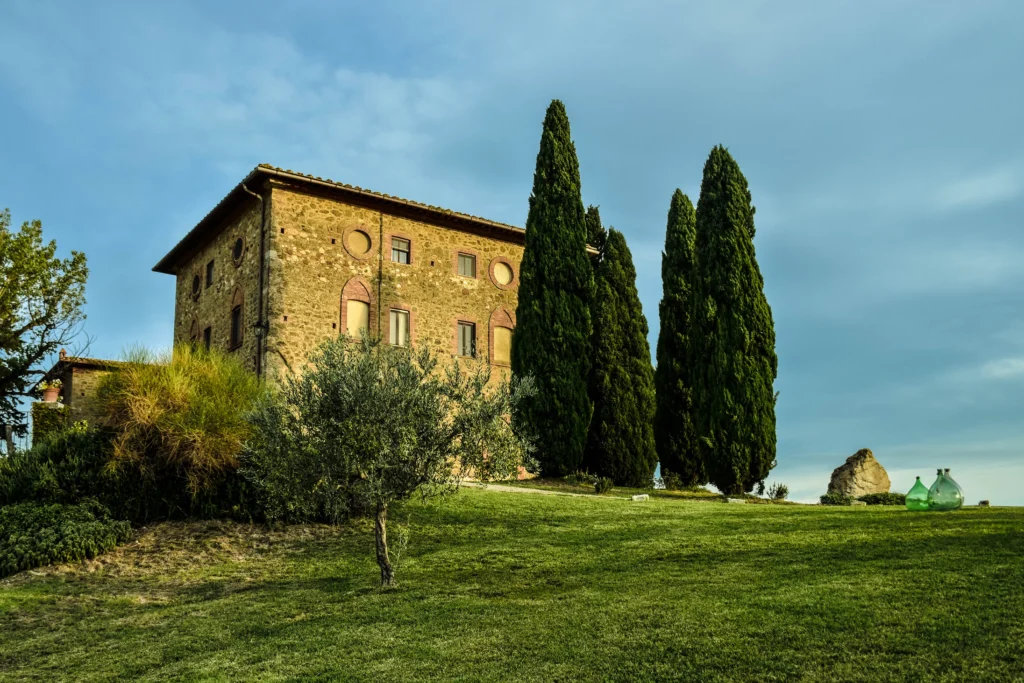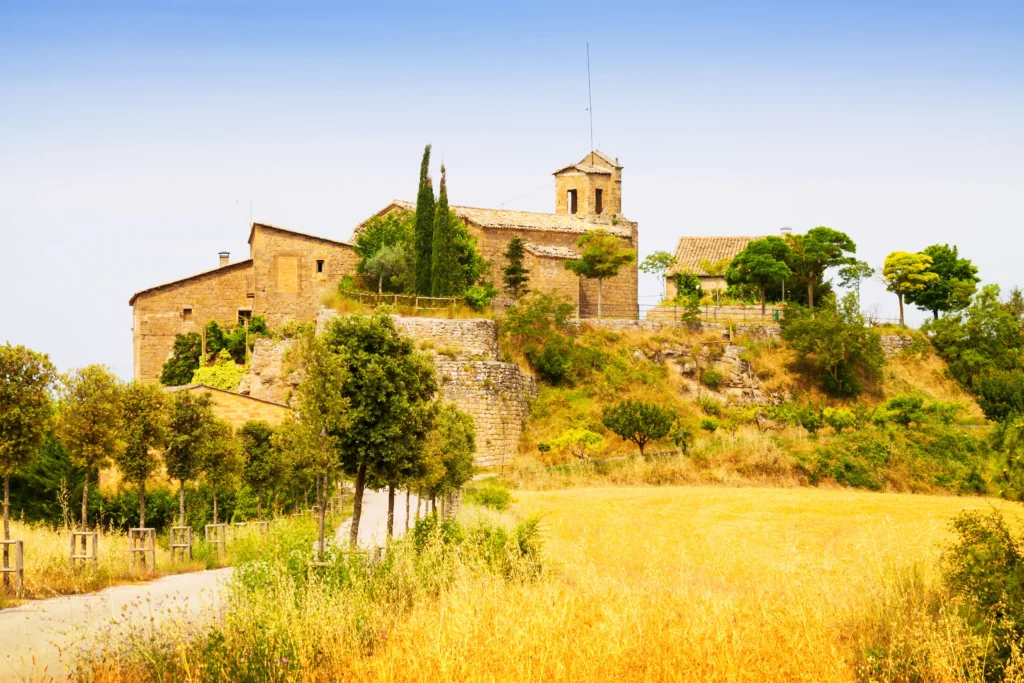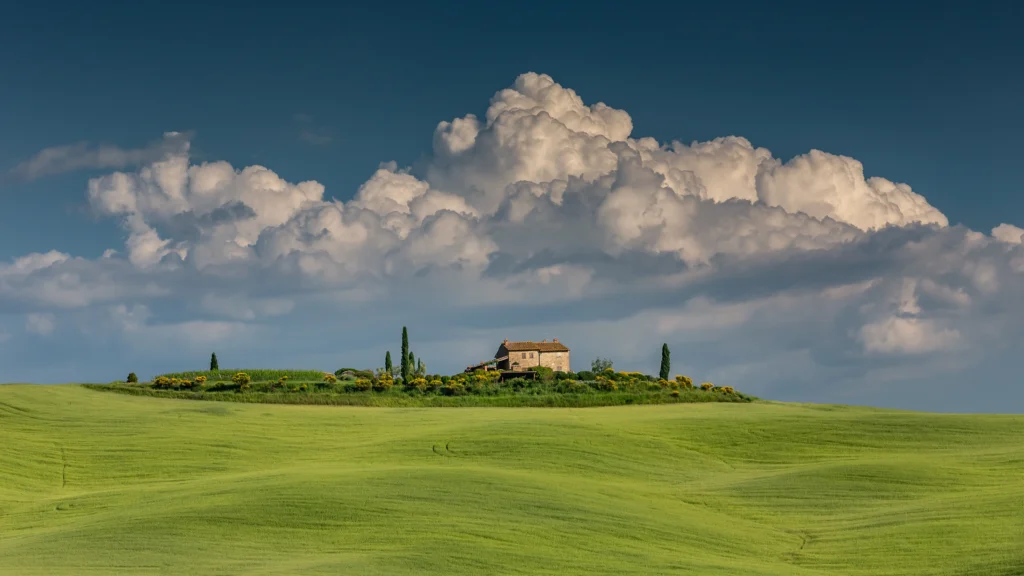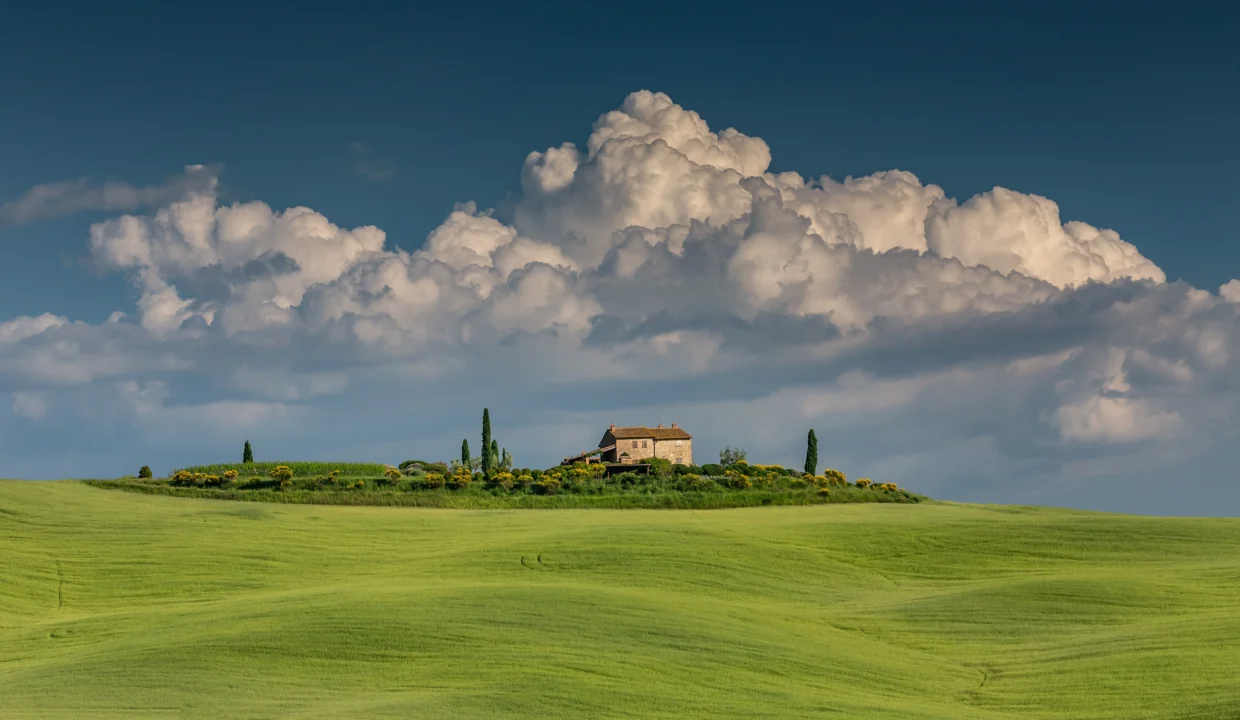Short-Term vs. Long-Term Rentals in Tuscany: What’s Best for Your Property?
If you’re a homeowner in Siena or the Tuscan countryside, chances are you’ve either thought about renting out your property—or you’re already doing so. But one of the biggest questions we hear from local homeowners is: Should I rent my home short-term to tourists, or long-term to residents? The answer isn’t the same for everyone. It depends on your property, your goals, your lifestyle, and what kind of commitment you’re willing to make.
At Trabelsi Home Management, we work closely with homeowners across Siena, Chianti, Val d’Orcia, and the broader Tuscan region to help them understand the rental options available and choose the best fit for their property. This blog is designed to guide you—step by step—through the pros and cons of short-term and long-term rentals, so you can make an informed, strategic decision.
Whether you own a vacation home in the Tuscan countryside or a family apartment in the heart of Siena’s centro storico, you’ll walk away from this article with clarity on how to generate consistent, stress-free income while keeping your property in good hands.

Understanding the Rental Landscape in Tuscany
Before comparing the two rental models, it’s important to understand the unique dynamics of the Tuscan real estate market. Unlike many other regions in Italy, Tuscany enjoys both year-round tourism and a strong base of local and international residents who seek long-term housing. This dual demand creates opportunities for homeowners to choose the type of rental strategy that suits them best—there’s no one-size-fits-all answer.
Tourist hotspots like Siena, San Gimignano, Pienza, and Montepulciano are flooded with visitors between spring and early autumn. These travelers often prefer short-term accommodations that feel authentic and immersive—something a well-managed home can easily provide. Meanwhile, long-term demand in Siena comes from university students, international researchers, digital nomads, local professionals, and even retirees relocating to Tuscany. This makes both markets viable, depending on the location, size, and condition of your home.
The Case for Long-Term Rentals: Stability and Low Maintenance
Choosing to rent your property long-term is often about choosing stability. This model suits homeowners who don’t need to use the home personally throughout the year and prefer a steady income without the constant turnover that comes with tourism. If your property is located near essential services, public transport, or Siena’s historic center, you’re likely to attract professionals, students, or small families looking for a long-term solution.
From an income perspective, long-term rentals in Siena and nearby towns offer predictability. You’ll have a fixed monthly rent, less frequent property wear-and-tear, and reduced management needs. There’s also lower risk of seasonality, which is something short-term rentals can’t guarantee. During the winter months, when tourism slows down, long-term tenants continue paying rent without interruption.
Another key advantage is peace of mind. When you work with a local property manager, you don’t need to worry about finding tenants, drawing up contracts, complying with rental laws, or handling everyday maintenance issues. At Trabelsi Home Management, we provide full-service long-term rental support—so even though your property is occupied year-round, your involvement remains minimal.
Long-term rentals may not generate as much monthly income as peak-season vacation stays, but they offer an attractive trade-off for those who prioritize ease and consistency.

The Case for Short-Term Rentals: Flexibility and Higher Income Potential
On the other side of the coin, short-term rentals in Tuscany—particularly in Siena and iconic countryside locations—can be highly profitable when managed well. If your property has strong visual appeal, a good location near tourist attractions, or a unique character that fits the Tuscan ideal, short-term rental may offer the highest return on investment.
With platforms like Airbnb and Booking.com continuing to dominate the travel accommodation market, guests from across the world are actively looking for homes in Tuscany that offer a more personal, immersive experience than hotels. A beautiful apartment in Siena’s old town or a countryside villa near Montalcino can command premium nightly rates, especially between April and October.
Short-term rentals also allow for more personal use. If you want to enjoy your property during holidays or select weekends, you can simply block the calendar. This flexibility is appealing to many second-home owners who don’t want to give up full control of their property. However, it’s important to recognize the flip side: more work. More guest communication, more cleaning, more maintenance—and strict adherence to local tourism regulations, which vary by municipality and can be difficult to manage alone.
With professional management, though, these operational demands can be completely offloaded. Our team at Trabelsi Home Management takes care of guest check-ins, daily communication, cleaning services, and ongoing property maintenance—allowing homeowners to reap the financial rewards without daily involvement.
What Type of Property Is Best for Each Model?
Not every home is naturally suited to both rental strategies. Understanding your property’s unique strengths—and aligning them with the right rental model—is key to maximizing your income and minimizing unnecessary stress.
If your property is located in the historic center of Siena, or close to popular tourist towns like San Gimignano, Cortona, or Montepulciano, it’s likely to perform better as a short-term rental. These areas receive high foot traffic and consistent interest from foreign travelers looking for a local, lived-in experience. Properties with classic Tuscan features—exposed beams, terracotta floors, countryside views—are particularly attractive in the short-term market. Guests are often willing to pay more for authenticity and atmosphere, which gives charming older homes a second life as profitable vacation stays.
On the other hand, modern or recently renovated properties with good energy efficiency, practical layouts, and proximity to supermarkets, schools, and transport tend to work better for long-term tenants. Students, professionals, and small families are not looking for picturesque views as much as they are looking for functionality, safety, and affordability. Even rural homes can rent well long-term if they offer privacy, reliable infrastructure, and access to main roads.
Also consider how much time and energy you want to invest. Short-term rentals require constant turnover and attention, while long-term lets allow for more hands-off ownership. If you’re not located nearby or available regularly, short-term rental without professional help can become overwhelming fast. That’s why many Siena-based homeowners choose to partner with local experts like us—to unlock the rental income potential without sacrificing their time or peace of mind.

Legal and Tax Considerations in Siena and Tuscany
Whether you choose to rent your property short-term or long-term, you’ll need to navigate Italy’s regulatory and tax framework—which varies not only by rental type, but also by municipality and region. In Tuscany, and especially in heritage cities like Siena, certain rules and reporting obligations must be followed closely.
Short-term rentals, for example, are subject to local regulations that may require:
- Registration with the regional tourism board
- Issuance of a CIR code (Codice Identificativo Regionale)
- Payment of tourist tax (imposta di soggiorno) on behalf of guests
- Regular reporting of guest identities to local police authorities
Failure to comply can lead to steep fines and even temporary rental bans. What’s more, every commune may have slight differences in how these regulations are enforced. For this reason, working with a local Siena-based property management company is a strategic safeguard—we understand the rules and keep you compliant without burdening you with paperwork.
Long-term rentals, on the other hand, are governed under Italy’s national residential lease laws (such as contratto 4+4 or 3+2). These contracts come with tenant protections and tax implications. For homeowners, it’s critical to understand what kind of lease best suits your needs and whether you qualify for cedolare secca, a flat-rate tax regime that can reduce your tax burden significantly if applied correctly.
At Trabelsi Home Management, we assist our clients with all of these legal steps—from initial registration to ongoing compliance—ensuring that your rental operation is both profitable and fully above board.
Final Thoughts: Choose the Strategy That Matches Your Property—and Your Goals
Deciding between a short-term or long-term rental strategy isn’t just about numbers. It’s about understanding your goals, the type of property you own, and the role you want to play in managing it. Tuscany, and especially Siena and the surrounding villages, offers a rare environment where both rental models can thrive—but not always for the same property or the same owner.
If you want a reliable, steady income with minimal involvement, long-term rental may be the path for you. If you prefer higher seasonal returns and some personal use of your home, short-term rental can be more rewarding—provided you have the right management in place.
Either way, your property shouldn’t sit idle when it could be generating income, staying well-maintained, and helping others enjoy the magic of Tuscany. At Trabelsi Home Management, we’re committed to helping local homeowners unlock the full value of their homes with a tailored, transparent, and hassle-free approach.

Ready to Make the Most of Your Tuscan Property?
Let us help you choose the rental strategy that makes the most sense for your home. Contact Trabelsi Home Management in Siena today for a free property evaluation and rental income forecast. Whether your home is in town or nestled in the hills, we’ll guide you from empty space to earning potential.


